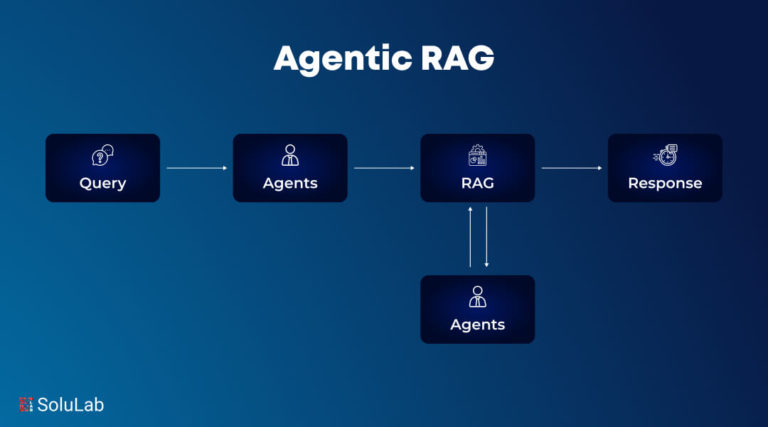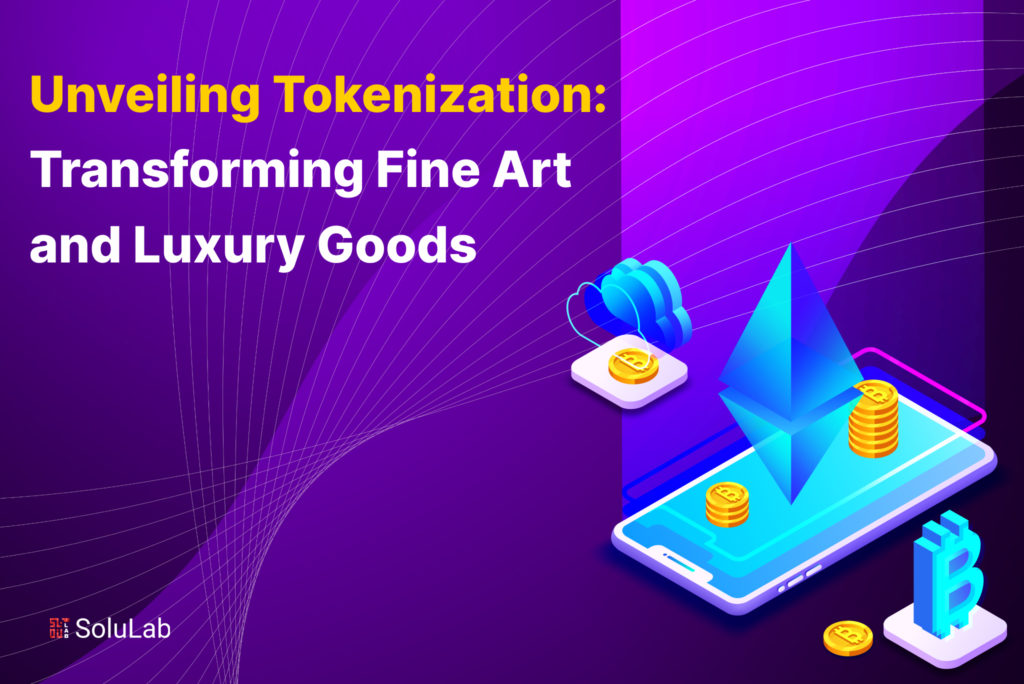
In the ever-evolving landscape of finance and technology, the concept of tokenization has emerged as a revolutionary force, poised to reshape industries ranging from real estate to fine art and luxury goods. This paradigm shift is propelled by the integration of blockchain technology, offering a secure and transparent way to digitize assets. In this exploration, we delve into the intricate world of asset tokenization, focusing on its application in the realms of fine art and luxury goods.
Understanding Tokenization: A Gateway to Digital Assets
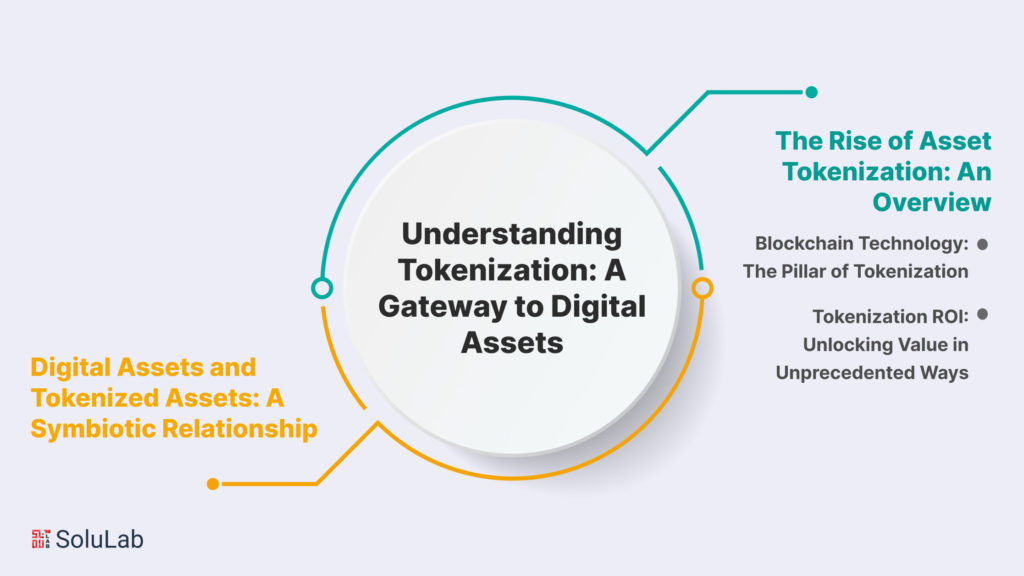
Tokenization, at its core, is the process of converting the value of an asset into a token on a blockchain. These digital representations, known as tokens, can represent a variety of assets, ranging from real estate to intellectual property. The utilization of blockchain technology ensures that each token is secure, transparent, and immutable, thereby revolutionizing the way we perceive and interact with traditional assets.
Digital Assets and Tokenized Assets: A Symbiotic Relationship
The term ‘digital assets’ encompasses a wide array of intangible assets, from cryptocurrencies to digital art. In the context of tokenization, these digital assets find a new dimension. Tokenized assets, as the name suggests, are traditional assets that have been converted into digital tokens. The synergy between digital assets and tokenized assets creates a fluid and efficient means of managing and transferring value.
The Rise of Asset Tokenization: An Overview
-
Blockchain Technology: The Pillar of Tokenization
Central to the concept of asset tokenization is blockchain technology. The decentralized and distributed nature of blockchain ensures that transactions are secure, transparent, and tamper-proof. This foundational technology has paved the way for the tokenization of a myriad of assets, bringing about a paradigm shift in the way we perceive and interact with value.
-
Tokenization ROI: Unlocking Value in Unprecedented Ways
One of the key drivers of the adoption of asset tokenization is the potential Return on Investment (ROI). By fractionalizing ownership and allowing for easier transfer of assets, tokenization unlocks liquidity and widens the pool of potential investors. This democratization of access to traditionally illiquid assets has the potential to yield substantial returns, making tokenization an attractive prospect for both investors and asset owners.
Fine Art Tokenization: Bridging Tradition and Technology
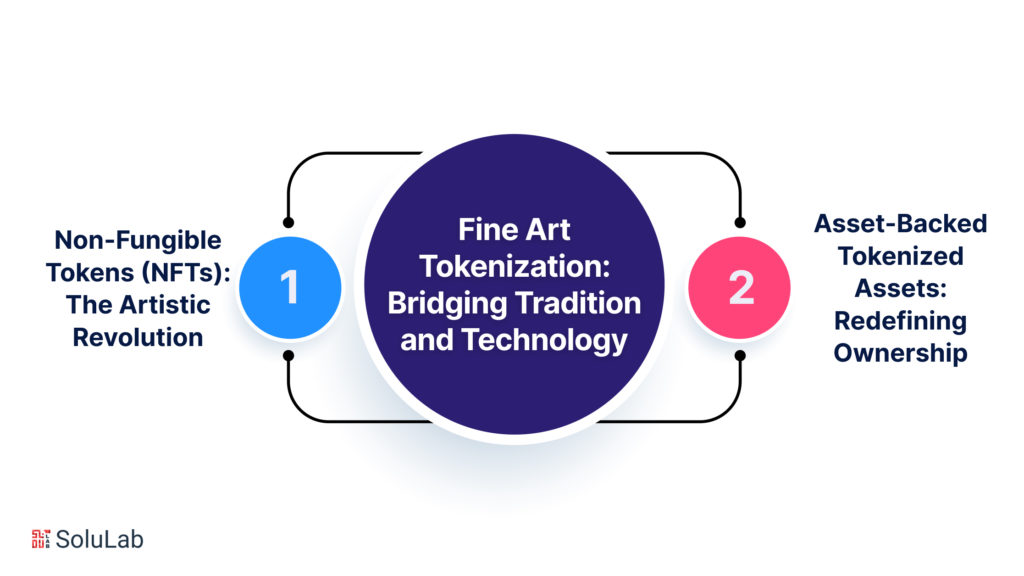
Fine art has long been regarded as a store of value and a symbol of cultural richness. However, the art market has faced challenges, such as illiquidity and the exclusivity of ownership. Enter fine art tokenization, a technological solution poised to redefine the art market by breaking down these barriers.
-
Non-Fungible Tokens (NFTs): The Artistic Revolution
Non-Fungible Tokens (NFTs) have taken the art world by storm, providing a unique and secure way to represent ownership of digital or physical assets. In the context of fine art, NFTs serve as digital certificates of authenticity, ensuring the provenance and uniqueness of a piece. This integration of technology not only enhances the transparency of the art market but also opens up new avenues for artists to monetize their work.
-
Asset-Backed Tokenized Assets: Redefining Ownership
One of the most intriguing aspects of fine art tokenization is the concept of asset-backed tokens. These tokens are backed by the intrinsic value of a physical asset, such as a painting or sculpture. This linkage between the digital and physical worlds provides investors with a tangible connection to the art, as they hold a share in the actual asset. This innovation not only makes fine art more accessible to a broader audience but also offers a novel way for collectors to diversify their portfolios.
Fine Art NFTs: The Industry Disruptors
While the traditional fine arts market predominantly operated offline, the online art market has experienced a substantial surge in recent years, with sales on NFT marketplace platforms reaching an impressive $2.6 billion. This figure stands apart from the $65 billion turnover of the global fine art market, indicating a growing demand for distinctive and original artworks created by renowned artists.
The advent of fine art NFTs has introduced a novel avenue for artists to earn royalties from their creations. By democratizing the fine art landscape, artists can now receive royalties with each transfer of ownership of their NFTs. The artist determines and designates the percentage at the time of minting the NFTs, providing them with a continuous stream of income.
The impact of fine art NFTs extends beyond individual earnings, bringing about a transformation in the global art market. The emergence of the NFT art market has given rise to a parallel market, offering opportunities for artists, collectors, and sellers. Moreover, artists and art enthusiasts can now participate in the democratization of fine art through specialized platforms without being burdened by the substantial transaction and service fees typically associated with traditional auction houses.
Luxury Goods in the Digital Age: Tokenization’s Touch of Elegance
The world of luxury goods, whether it be high-end fashion, watches, or jewelry, is characterized by exclusivity and craftsmanship. Tokenization brings a touch of modernity to this traditional sector, offering new avenues for ownership and investment.
-
Asset Tokenization Platforms: Paving the Way for Luxury
Specialized platforms dedicated to the tokenization of luxury goods have emerged, providing a secure and transparent environment for both sellers and buyers. These platforms leverage blockchain technology to ensure the authenticity of products, combat counterfeiting, and facilitate seamless transactions. Through asset tokenization, ownership of a luxury item becomes fluid, allowing for fractional ownership and trade in a global marketplace.
-
Investing in Tokenized Assets: A Paradigm Shift for Luxury Investors
The allure of luxury goods has extended beyond the confines of the traditional buyer, thanks to tokenization. Investors can now diversify their portfolios by gaining exposure to the luxury market without the need for exorbitant capital. This democratization of luxury ownership not only benefits investors but also contributes to the growth of the luxury industry by expanding its customer base.
-
Asset Tokenization Platforms: Enablers of Change
The success of asset tokenization relies heavily on the platforms that facilitate the creation, management, and exchange of tokens. These platforms utilize blockchain technology to ensure the security and transparency of transactions. The robustness of the underlying blockchain is crucial in maintaining the integrity of tokenized assets and providing a seamless user experience.
-
Asset Tokenization Development Companies: Architects of the Future
Numerous companies have emerged as key players in the development of asset tokenization solutions. These companies provide the technological infrastructure and expertise necessary for the successful implementation of tokenization across various industries. Their role extends beyond the technical aspects, as they actively contribute to shaping the regulatory landscape and fostering trust in the tokenization ecosystem.
-
Asset Tokenization Development Solutions: Tailoring Tokenization to Needs
The diversity of assets that can be tokenized demands flexible and customizable solutions. Asset tokenization development solutions offer a range of tools and frameworks to cater to the unique requirements of different industries. From regulatory compliance to smart contract development, these solutions pave the way for a seamless integration of tokenization into existing business models.
The Future of Tokenization: Challenges and Opportunities
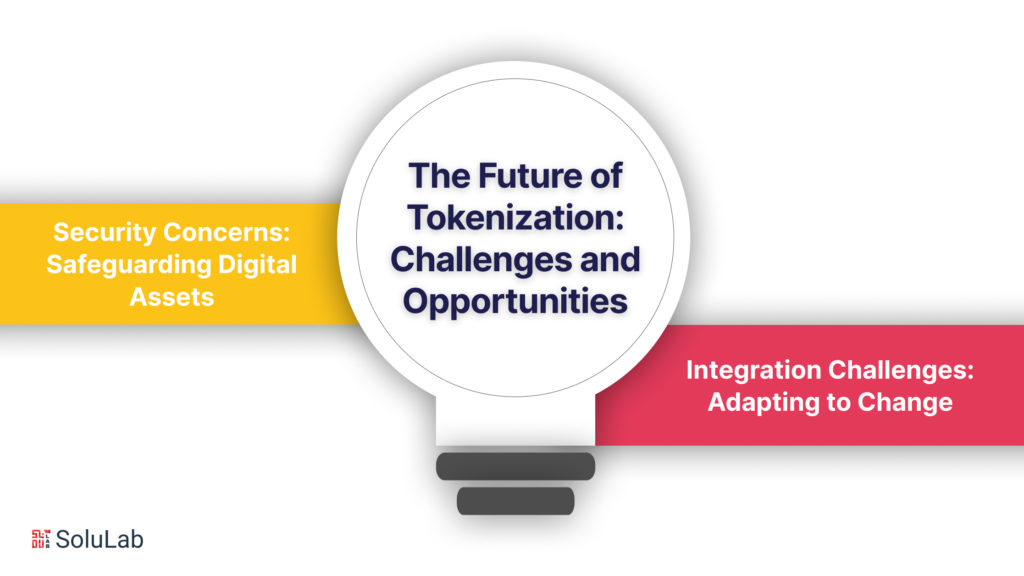
The rapid growth of tokenization has outpaced regulatory frameworks in many jurisdictions. As the industry matures, regulatory bodies are grappling with the need to strike a balance between fostering innovation and protecting investors. A clear and harmonized regulatory landscape is essential for the sustained growth of tokenization across industries.
-
Security Concerns: Safeguarding Digital Assets
While blockchain technology provides a robust security framework, the digital landscape is not immune to threats. Hacking attempts, fraud, and other malicious activities pose risks to tokenized assets. The development of advanced security measures and proactive strategies to counter potential threats is imperative for maintaining trust in the tokenization ecosystem.
-
Integration Challenges: Adapting to Change
The integration of tokenization into traditional industries comes with its own set of challenges. Legacy systems, cultural resistance, and the need for educational initiatives are hurdles that must be overcome for tokenization to realize its full potential. Industry-wide collaboration and a commitment to change are essential components of a successful transition.
Conclusion
In conclusion, the beauty of tokenization lies in its transformative power, unlocking new possibilities for the worlds of fine art and luxury goods. As blockchain technology continues to mature and regulatory frameworks evolve, the tokenization of assets will likely become more commonplace. This paradigm shift not only benefits investors and asset owners but also contributes to the democratization of traditionally exclusive markets.
As we stand at the intersection of tradition and technology, the journey of asset tokenization promises to be a captivating one, reshaping industries and redefining the very nature of ownership.
In the domain of Generative AI development services, SoluLab stands out as an exceptional company that seamlessly integrates innovation, expertise, and a client-centric approach. With an impressive portfolio of successful Generative AI projects and a team of seasoned professionals, SoluLab serves as a beacon of excellence in the field.
For those in search of a reliable partner to navigate the dynamic realm of AI innovation, SoluLab stands as a trustworthy name, shaping a future where technology opens up new realms of possibilities. Reach out to SoluLab today to embark on your Generative AI journey towards innovation and success.
FAQs
1. What is asset tokenization, and how does it work?
Asset tokenization is the process of converting the value of a physical or financial asset into digital tokens on a blockchain. These tokens, representing ownership or a share of the asset, can be traded on a decentralized and transparent platform. The process involves creating a unique token for each portion of the asset, enabling fractional ownership and facilitating efficient transfer and trading.
2. How does blockchain ensure the security of tokenized assets?
Blockchain technology ensures the security of tokenized assets through its decentralized and tamper-resistant nature. Each transaction is recorded in a transparent and immutable ledger across a network of nodes. This eliminates the risk of fraud or unauthorized alterations, providing a secure environment for the creation, transfer, and management of tokenized assets.
3. What role do Non-Fungible Tokens (NFTs) play in fine art tokenization?
NFTs play a crucial role in fine art tokenization by serving as unique and indivisible digital certificates of authenticity. They are used to represent ownership and provenance of digital or physical artworks. The uniqueness of each NFT ensures the originality and scarcity of the associated artwork, making them highly valuable in the digital art market.
4. How does asset tokenization benefit investors?
Asset tokenization benefits investors by unlocking liquidity in traditionally illiquid assets. Investors can gain exposure to a diverse range of assets with smaller capital outlays, as tokenization allows for fractional ownership. Additionally, the ease of transfer and trading on blockchain platforms enhances market efficiency, potentially leading to higher returns and portfolio diversification.
5. What challenges does the tokenization industry face, particularly in the realm of regulation?
The tokenization industry faces challenges in terms of regulatory uncertainty and divergence across jurisdictions. As the industry evolves, regulatory bodies are working to establish frameworks that balance innovation and investor protection. A clear and harmonized regulatory landscape is crucial for fostering trust and ensuring the responsible growth of the tokenization ecosystem.
6. How can individuals and businesses get involved in tokenized assets?
Individuals and businesses can get involved in tokenized assets by engaging with specialized platforms that facilitate the creation, trade, and management of tokenized assets. It’s essential to conduct thorough research, choose reputable platforms, and understand the legal and regulatory considerations. Additionally, seeking advice from professionals in the field can help navigate the process of investing or participating in the tokenization of assets.





